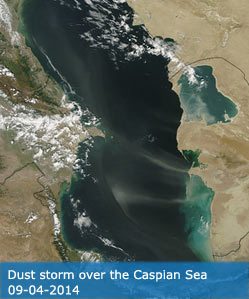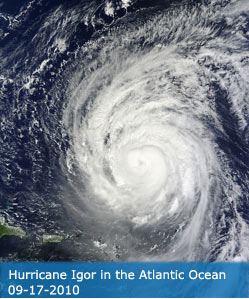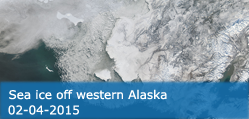Science Team
Publications
Guinn, NK; Glennie, C; Liuzzo, M; Giuffrida, G; Gurrieri, S (2024). Monitoring volcanic CO2 flux by the remote sensing of vegetation on Mt. Etna, Italy. REMOTE SENSING OF ENVIRONMENT, 314, 114408.
Abstract
Volcanic CO2 is widely acknowledged as an important geochemical precursor for volcanic activity; however, obtaining observations through remote sensing remains a challenge. It is well established that volcanic CO2 diffusely degases during magma ascent, and the volatiles interact with the ecosystem on the surface through CO2 fertilization, which can improve vegetation health. A normalized difference vegetation index (NDVI) is a remote sensing method that quantifies vegetation health. This study compared NDVI signals from Landsat 8, MODIS, Sentinel 2, and VIIRS to soil CO2 flux signals from 5 ground-based EtnaGas stations on Mt. Etna from 2011 to 2018. Due to variances in sensor and spectral characteristics, the NDVI values were calibrated across all 4 sensors. The 2nd derivatives of NDVI and soil CO2 flux highlight the timeframes of the increase/decrease cycles of CO2 degassing, which in turn, correspond to the change in storage levels as magma rises from an intermediate chamber to a shallow one. Between 2017 and 2018, the 2nd derivative spikes showed 16 magma recharge events in both NDVI and soil CO2 signals. A flank analysis of homogenous trees across Mt. Etna showed the same 2nd derivative spike pattern for NDVI when compared to individual EtnaGas stations, indicating that trees do not have to be located within 30 m of volcano-tectonic structures to be affected by diffusely escaping volcanic CO2. This study highlights the potential of NDVI as a remote sensing method for monitoring volcanic CO2 emissions, paving the way for innovative approaches to volcanic surveillance.
DOI:
10.1016/j.rse.2024.114408
ISSN:
0034-4257




